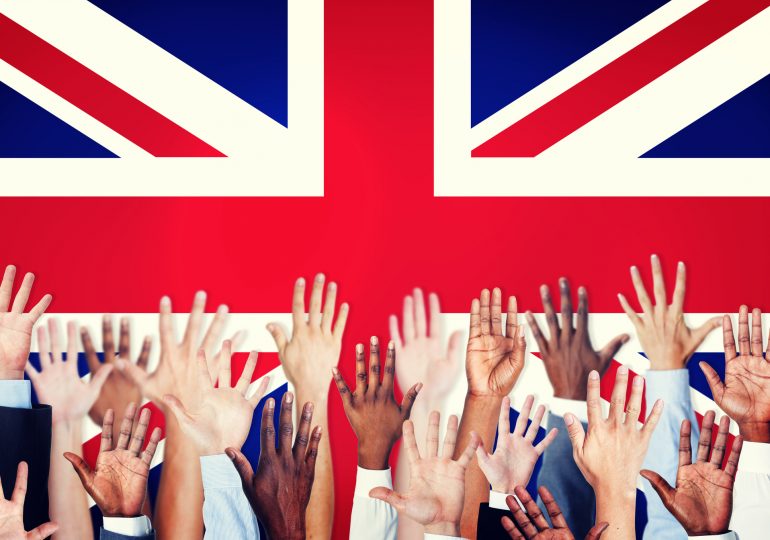In the early 2000s, one in 12 of the British population was born abroad. Now that figure is closer to one in six—higher than even America, the proverbial land of immigrants. And the number is still rising rapidly; over the last two years, almost 2 million people have moved to the U.K.
How did this happen? Wasn’t Brexit, in large part, a revolt against high levels of immigration? As Donald Trump put it shortly after the June 2016 referendum, “They’re angry over borders, they’re angry over people coming into the country and taking over.”
[time-brightcove not-tgx=”true”]
In fact, Brexit did lead to a far more restrictive immigration system for E.U. citizens that meant they could no longer live and work in the U.K. without a visa. But, nervous about the negative economic consequences of such a move—and hoping to make a reality of “Global Britain”—Boris Johnson’s government made it far easier to permit people from everywhere else to come to the U.K.
The salary and skills thresholds were lowered considerably for immigrants (though it is being hiked again), and a cap on the number of arrivals was abolished. What this meant was that half of all jobs in the U.K. are now above the income threshold, and employers can in principle hire anyone from anywhere in the world. This meant the U.K., overnight, moved to having one of the most liberal approaches to work-related migration among advanced economies, comparable to Canada and Australia, and a sharp contrast with the U.S. visa system for skilled work visas, which is more complicated and more restrictive, and has quotas for the main categories.
Read More: Biden’s Rightward Shift on Immigration Draws Comparisons to Trump
The result has been a complete reorientation of U.K. migration flows—away from Europe toward other countries, especially India and Nigeria; the number of workers from these two countries has more than doubled, compared to before the COVID-19 pandemic, in sectors and occupations from care workers to IT consultants. This has been a significant boost to the U.K. economy, with foreign workers accounting for essentially all of the growth in the labor force over the last few years, as well as propping up a health service that is still struggling with the aftereffects of the pandemic. Indeed, despite complaining in his Budget speech that immigration was too high, Finance Minister Jeremy Hunt relied on the extra tax revenues—some £7.5 billion ($9 billion)—to finance his tax cuts.
But what about the politics—how is this sustainable, given widespread anti-immigration sentiment in Europe as well as in the U.S.? Immigration remains a big political issue in the U.K., although it is considerably less important than the economy, public services, and the cost of living. But, while, as in the U.S., Britons are concerned about irregular migration—and the government has passed a draconian bill to send some migrants arriving in small boats across the English channel to Rwanda—they are relatively relaxed about both workers and students, especially those who are coming to work in sectors where there are shortages. And, while we are not without our share of racial tensions, the U.K.’s transition to a multiracial society has been relatively smooth, especially compared to most other European countries; the view that “to be truly British you have to be white,” is now very much a fringe one.
That is reflected in the successful integration of most immigrants to the U.K. Not surprisingly, new migrants earn somewhat less than native-born Britons, but they catch up quickly, and soon those from outside Europe earn on average more than natives.
But it’s in the education system where the impacts are perhaps most visible. The educational performance of immigrants has improved considerably in the last 25 years. Although one in five pupils doesn’t speak English as a first language, it doesn’t seem to be holding them back. In London, where a substantial majority of pupils are now from an immigrant background, many from deprived families, the city outperforms the country as a whole by a considerable margin.
So what happens next? Both the current Conservative government and the Labour opposition say that they want to reduce migration, and policy has indeed already been tightened up. It will certainly reduce from the current extraordinary levels. But both economics and demographics—like almost all advanced economies, our fertility rate is well below replacement level, and continues to fall—mean that it is likely to remain at historically high levels for the foreseeable future. At a time when there’s lots of gloom about the U.K., this is one bright spot.
Leave a comment








